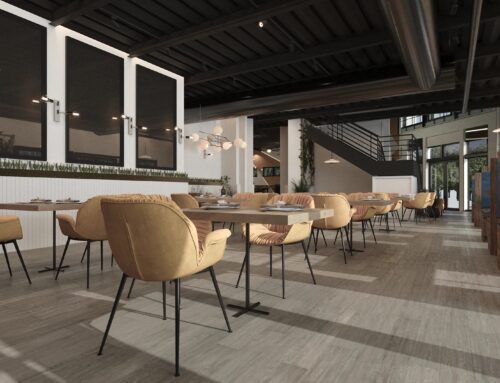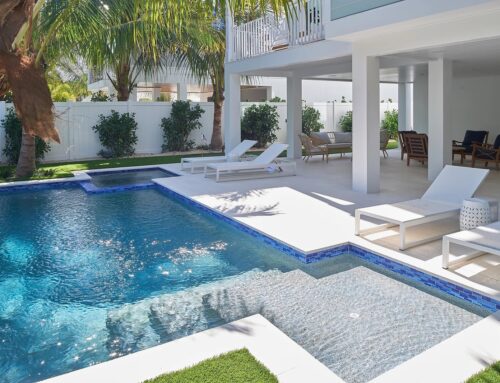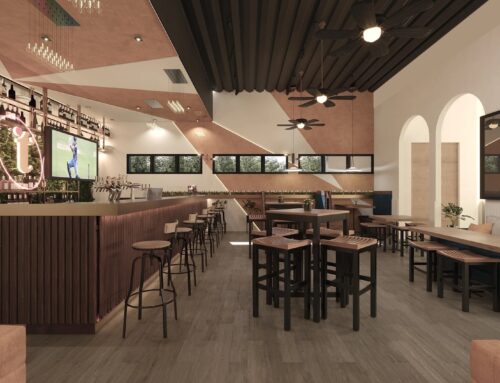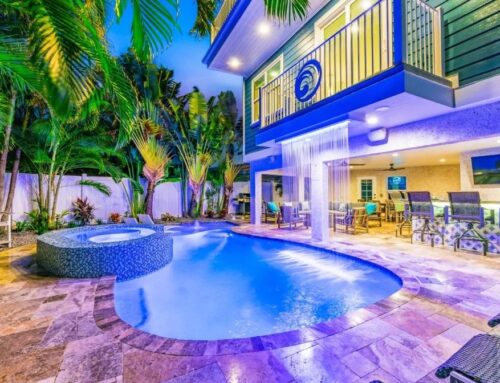The architectural fabric of Florida is as colorful and multifaceted as its residents and its rich past. The progression of Florida’s architecture is both an illuminating chronicle of its history and an exciting glimpse into its future, reflecting a lively interplay of cultural and environmental influences.
Early Beginnings – The Spanish Concept
Florida’s architectural journey traces back to the Spanish colonial buildings of St. Augustine, the repository of the oldest European civilization in the U.S. These initial structures, graced with stucco walls, red-tiled roofs, and arched entranceways, constitute the pioneering stage of Florida’s architectural personality. As history unfolded, more styles found their place, including the Mediterranean Revival, which became a trademark of Florida’s vacation hotspots, embodying the allure of coastal Spanish and Italian villas.
Art Deco – The Miami Beach Glitterati
The 20th century ushered in a paradigm shift with Art Deco making its grand entrance, particularly evident in Miami Beach. The Historic District, tagged as the Art Deco District, is a visual delight, showcasing shell hues, geometric intricacies, and maritime elements that represent the relaxation and affluence associated with Florida’s seaside living. This era signaled a pivot from traditional designs, paying homage to novelty and sophistication.
The Modernist Wave
The Sarasota School of Architecture embodied the advent of mid-century modern architecture in Florida. This innovative trend married modern ideals with the distinct environmental elements of Florida, focusing on an open-air living concept, abundant natural lighting, and creative handling of construction materials. Esteemed architects like Paul Rudolph and Victor Lundy skillfully merged design with utility, fashioning edifices that were aesthetically appealing while also being adaptably tailored to the subtropical climate of the state.
Modern Meets Sustainability
Modern Florida is witnessing an architectural trend oriented towards sustainability and resilience, as it gears up to address climate change and environment conservation. Innovative architects are placing their bets on ecological construction practices, energy-saving design techniques, and smart technology to build adaptable spaces that are also environment-friendly. This shift toward ecological architecture underlines a wider acceptance of architecture’s significant role in environment protection.
A Mirror to Florida’s Cultural Vibrancy and Environmental Challenges
Each architectural milestone in Florida is a reflection of the state’s diverse heritage and unique environmental backdrop. Architecture in Florida acts as a mirror, accurately reflecting the influences of Spanish settlers and the effects of climate change. Each architectural phase symbolizes a reaction to the societal, cultural, and environmental trials of its era. This continuous evolution encapsulates Florida’s dynamic identity that’s persistently morphing, driven by its residents and their environment.
The Road Ahead
Florida’s architectural journey is in no way at its terminus. As the state braces itself for emerging challenges and prospects, its architectural panorama will keep evolving, signaling the resilience, variety, and inventive spirit of its citizens. From the historic lanes of St. Augustine to the modern skyscrapers of Miami, Florida’s architecture narrates a tale of a state in perpetual change, perpetually on a quest for a better future.





